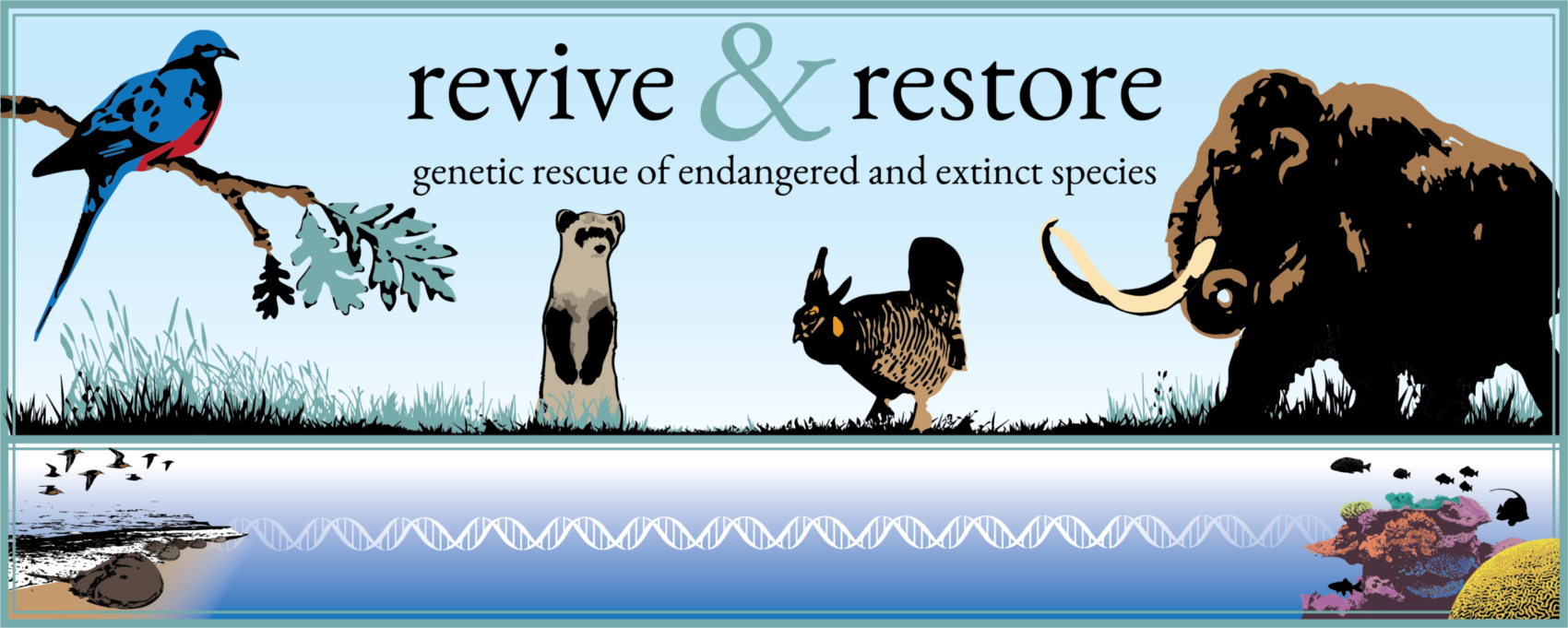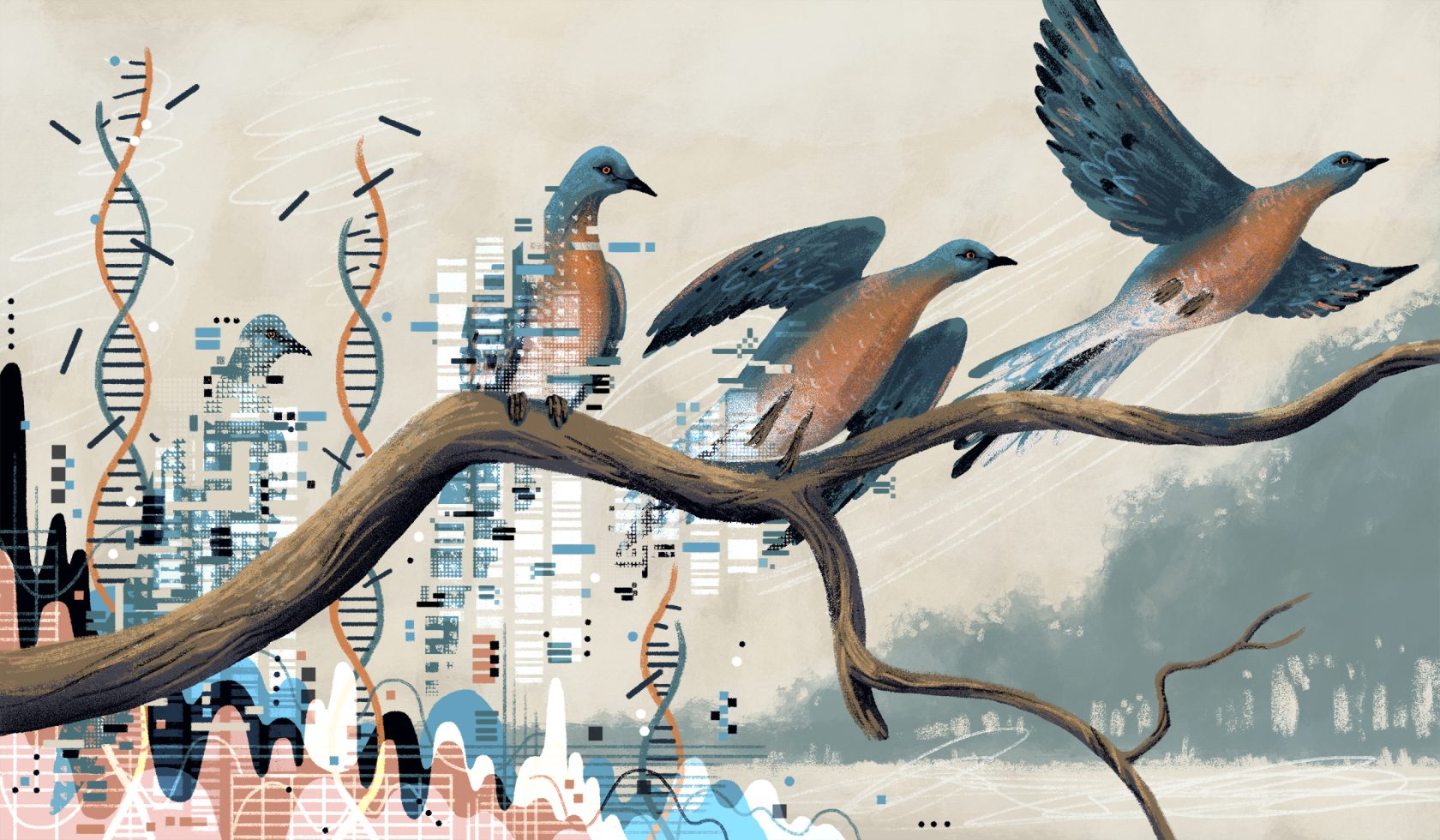A YEAR OF MEANINGFUL MILESTONES
This year will be remembered for achieving two significant milestones: completing and disseminating our Ocean Genomics Horizon Scan and putting our Catalyst Science Fund into action. Both of these endeavors have set off a cascade of scientific activity that carry out our mission of enhancing biodiversity through the genetic rescue of extinct and endangered species. With the encouragement and support from our generous donors and partner organizations, with collaboration from governmental agencies, and the devoted work of a multitude of researchers around the world, significant progress is being made toward our goal—applying genomic technologies in conservation. We hope you enjoy these highlights from an encouraging, busy year.
In June 2019 Revive & Restore published the Ocean Genomics Horizon Scan, a first-of-its-kind report on the potential for biotechnology to transform marine conservation. While our research makes it clear that the ocean is under significant threat, the 168-page Horizon Scan gives us hope for the future. After nine months of research and interviews with over 100 experts, our findings led to the synthesis of Ten Big Ideas, each an actionable project that has the potential to turn the tide on the ocean’s decline.
These Big Ideas use genetic insight, genomic intervention, and biotech applications to advance conservation—in ways we could never have imagined until now. Better yet, we have already raised funding interest in several of these projects, which we hope to initiate in the early months of 2020.
Ten Big Ideas
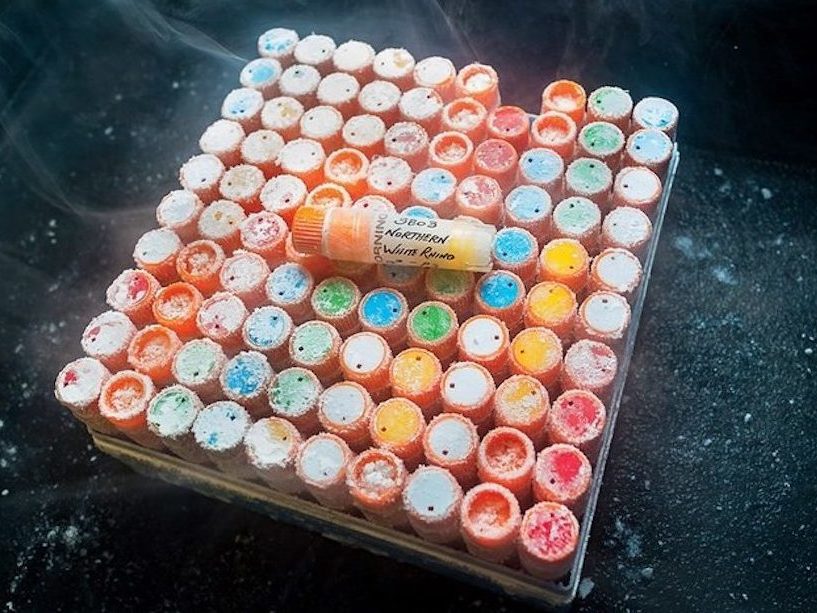
marine banking & sequencing fund
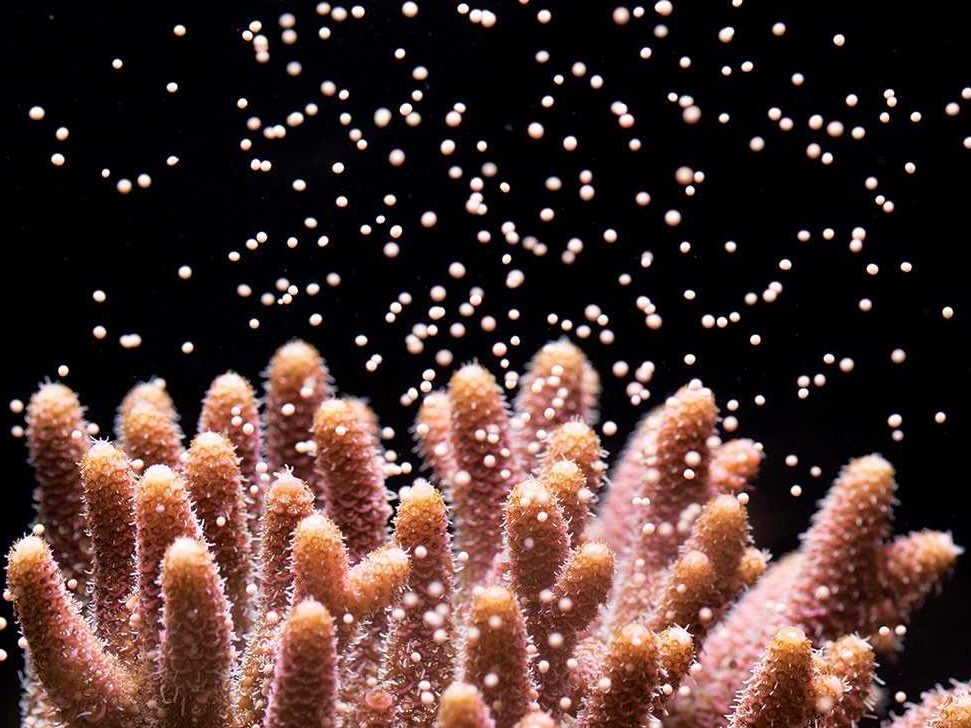
advanced coral toolkit
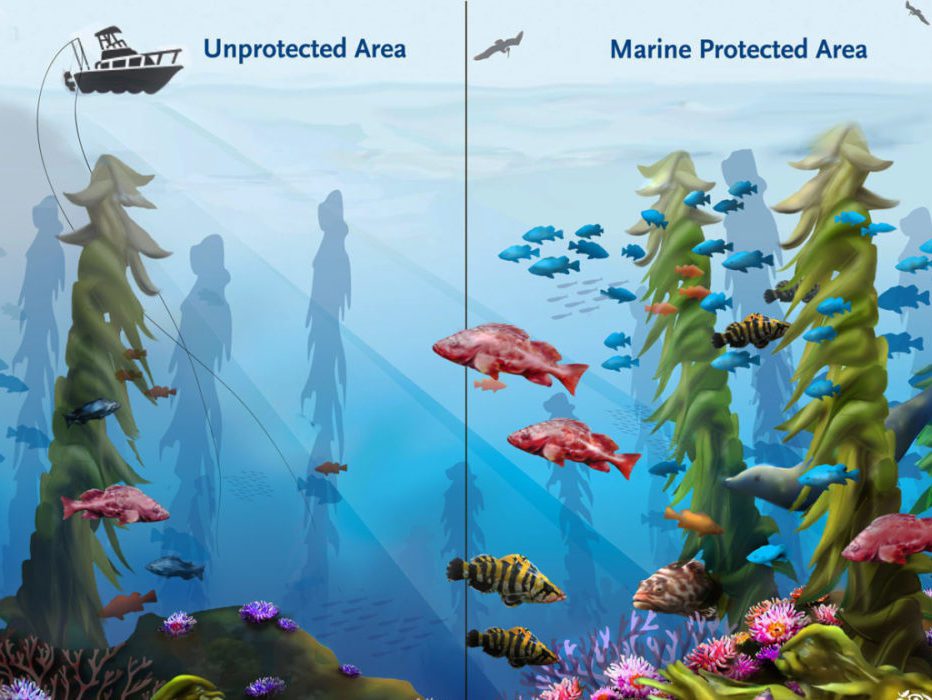
genomics guiding mpa’s
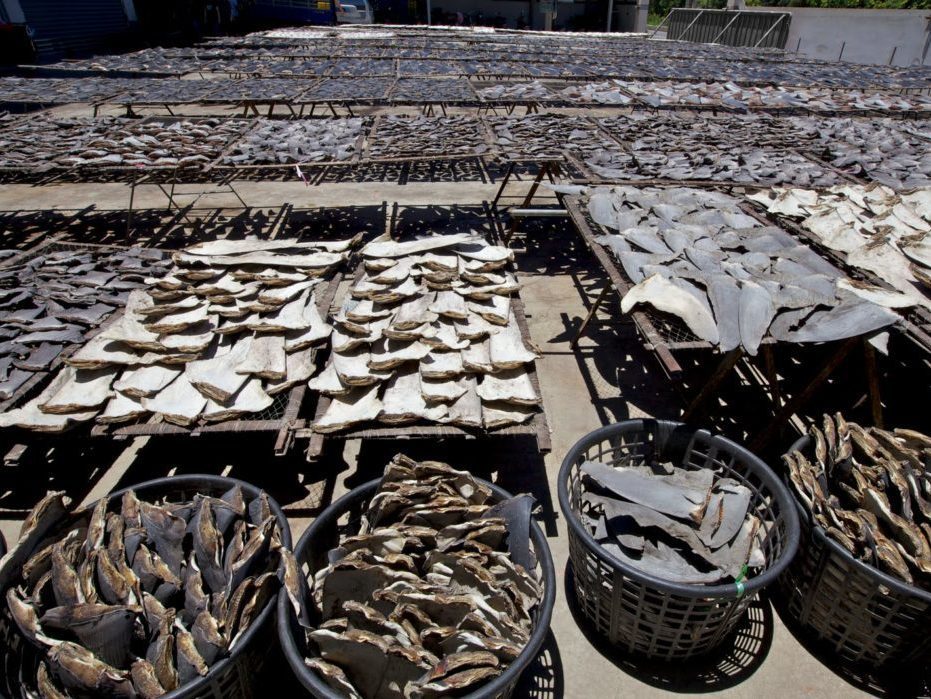
disrupting illegal trade
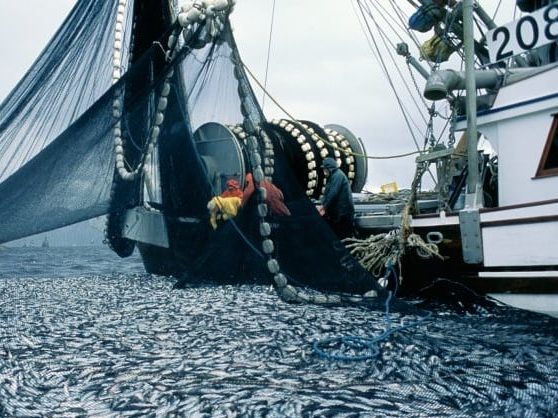
coupling tech with biosurveillance
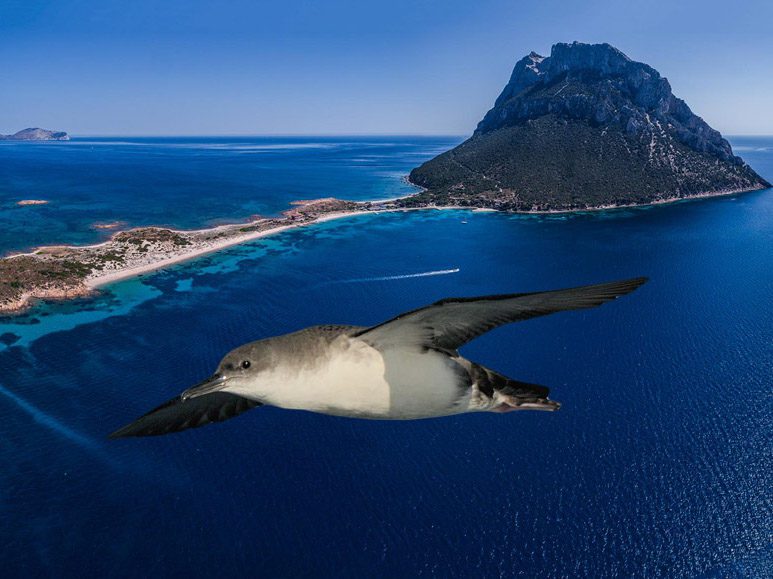
restoring islands to restore reefs
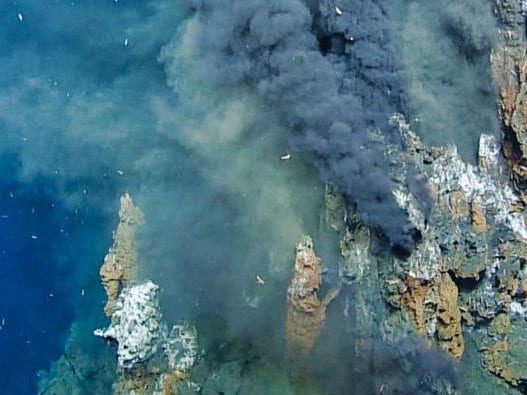
protecting seabeds & high seas
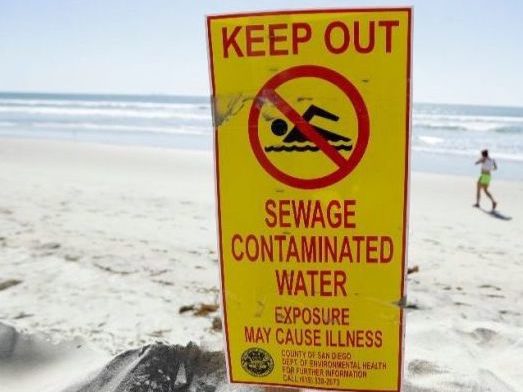
transforming pollution detection
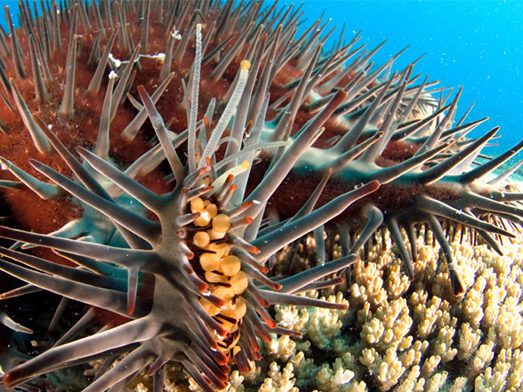
Targeting invasives
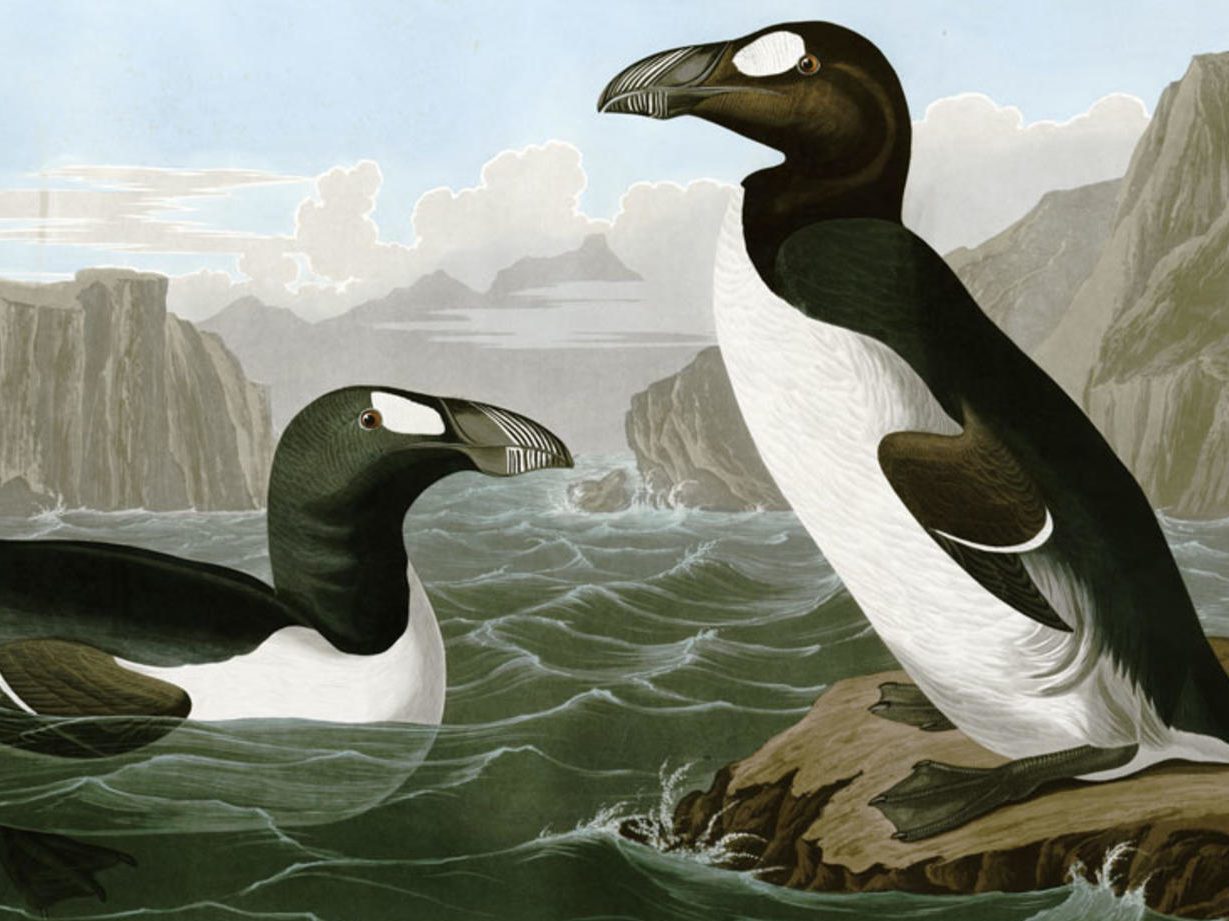
de-extinction of the great auk
Public Outreach of Findings
To increase awareness of these new genomic tools and to encourage the funding of biotech for marine conservation, The Revive & Restore team spoke at conferences, met with philanthropists, and convened with other nonprofits coast-to-coast this year, sharing the findings from the Ocean Genomics Horizon Scan.
Speaking at the June 2019 Breakthrough Dialogue in Sausalito, Executive Director Ryan Phelan conveyed to a roomful of scientists, conservationists, and philanthropists that genomic technologies can complement existing current marine conservation efforts. We have to use, “all the tools that conservation has to offer. We have to protect, absolutely,” she said, then added, “We have to intervene.”
Catalyst Science Fund
We started the Catalyst Science Fund in 2018 to support the basic research needed to build what we call the “Genetic Rescue Toolkit.” The kit includes innovative technologies for conservation—sequencing and biobanking tools, advanced reproductive technologies, advances in genetic engineering, gene editing, and more. Thanks to support from our generous 2019 donors, the fund continues to grow. The number of funded projects has multiplied from one in 2018 to eight today.
Our current Catalyst Science Fund portfolio represents an array of research efforts headed by leading scientists across the country. Application of these projects has the potential to make significant advancements for several endangered species: the Black-footed Ferret, the Asian elephant, coral reefs, as well as a number of endangered and extinct birds. All have been chosen for their conservation potential across a wide range of species. We look forward to bringing aboard new projects and to accelerating our funding of these projects in 2020.
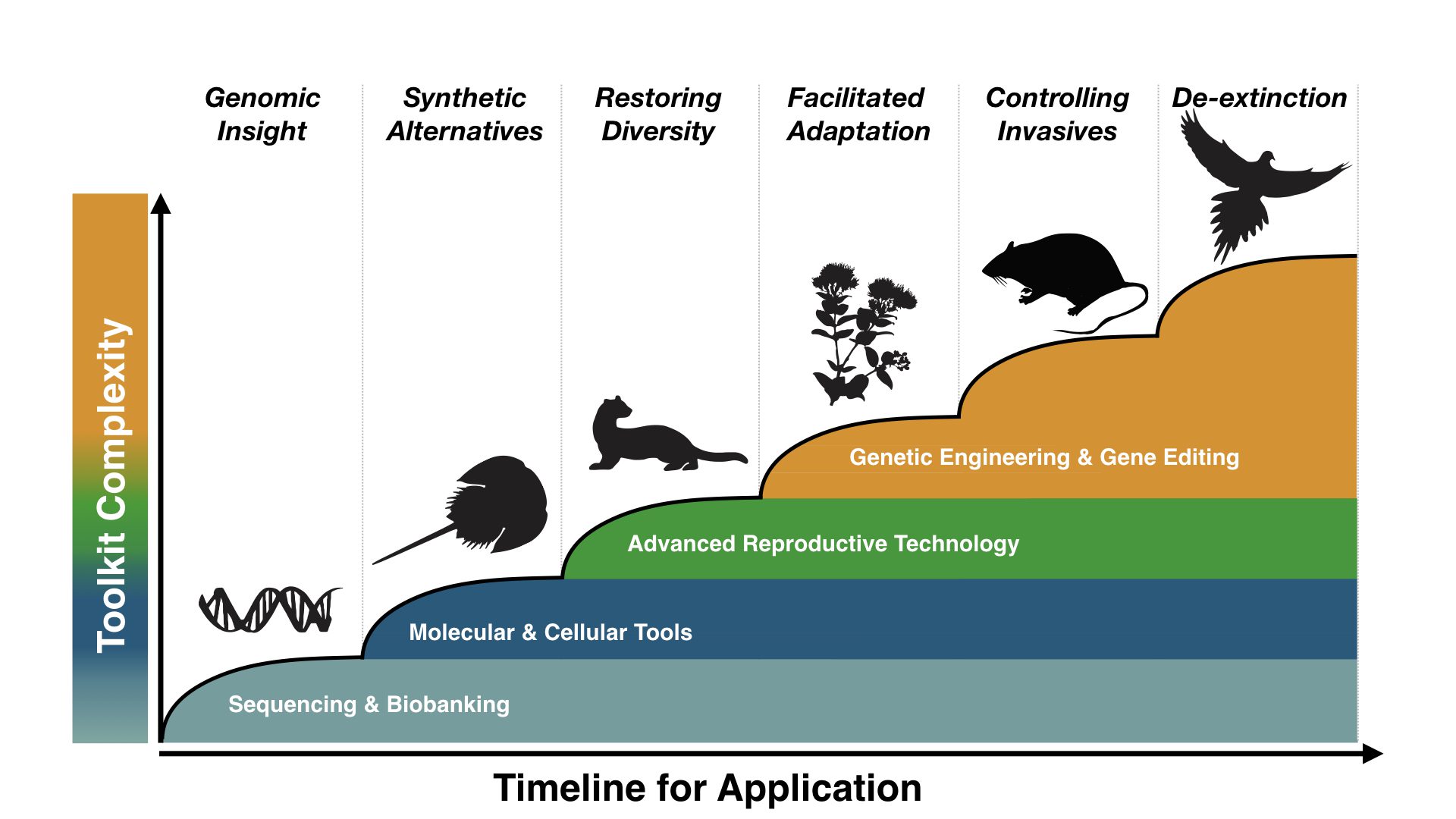
The Genetic Rescue Toolkit includes several technologies and approaches. As technical complexity increases, so too does the time before practical application is possible. Credit: Revive & Restore.
Significant laboratory work for the Black-footed Ferret (BFF) Project got underway in 2019 following six years of research design, partnership building, federal permitting, and genome sequencing. These three new projects, all supported by our Catalyst Science Fund, represent a nationwide effort to increase the genetic diversity of one of North America’s most threatened species and secure its recovery in the wild.
Creating heritable immunity to sylvatic plague
Sylvatic plague (with its nearly 100% mortality rate) threatens the living BFF population. While there is a BFF vaccine for sylvatic plague, the establishment of innate, inheritable immunity would be an advancement for the species’ survival. It could also guide the development of heritable immunity to bacterial disease in other mammal species. This year, Texas A&M Institute for Genomic Medicine began work to establish a line of genetically engineered mice that express antibodies against the plague bacterium. Work to test mouse immunity to plague infections is expected to commence in late 2020. After the success of those mouse trials, work will turn toward designing genetic, antibody-mediated immunity in Black-footed Ferrets.
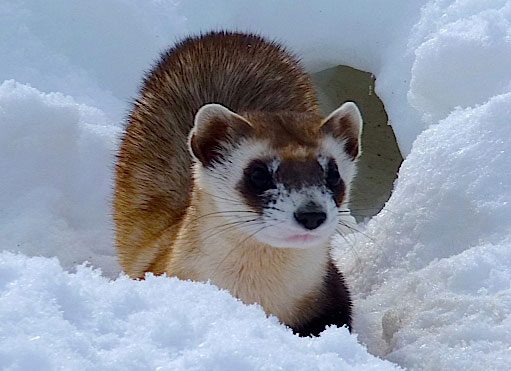
A Black-footed Ferret at the National Black-footed Ferret Conservation Center. Credit: Stewart Brand.
Testing the viability of interspecies cloning
To recover genetically valuable historic cryopreserved BFF cell lines preserved at the Frozen Zoo at San Diego Zoo’s Institute for Conservation Research, project partners Viagen Pets and Marshall Biosciences are working to ensure the viability of pregnancies in which domestic ferret mothers are surrogates to BFF embryos. This year, preliminary tests using living BFF cell lines were deemed successful. Tests will continue in 2020.
Clearing canine distemper virus (CDV) from one historic BFF cell line
Of the two cryopreserved BFF cell lines at the Frozen Zoo, one is infected with CDV. This precludes the use of that cell line for cloning. In an attempt to save this specimen’s genetic potential, ImQuest Biosciences began testing methods to remove the CDV in living cell lines in 2019. If those tests are deemed successful, CDV removal from the cryopreserved specimen will be attempted in 2020.
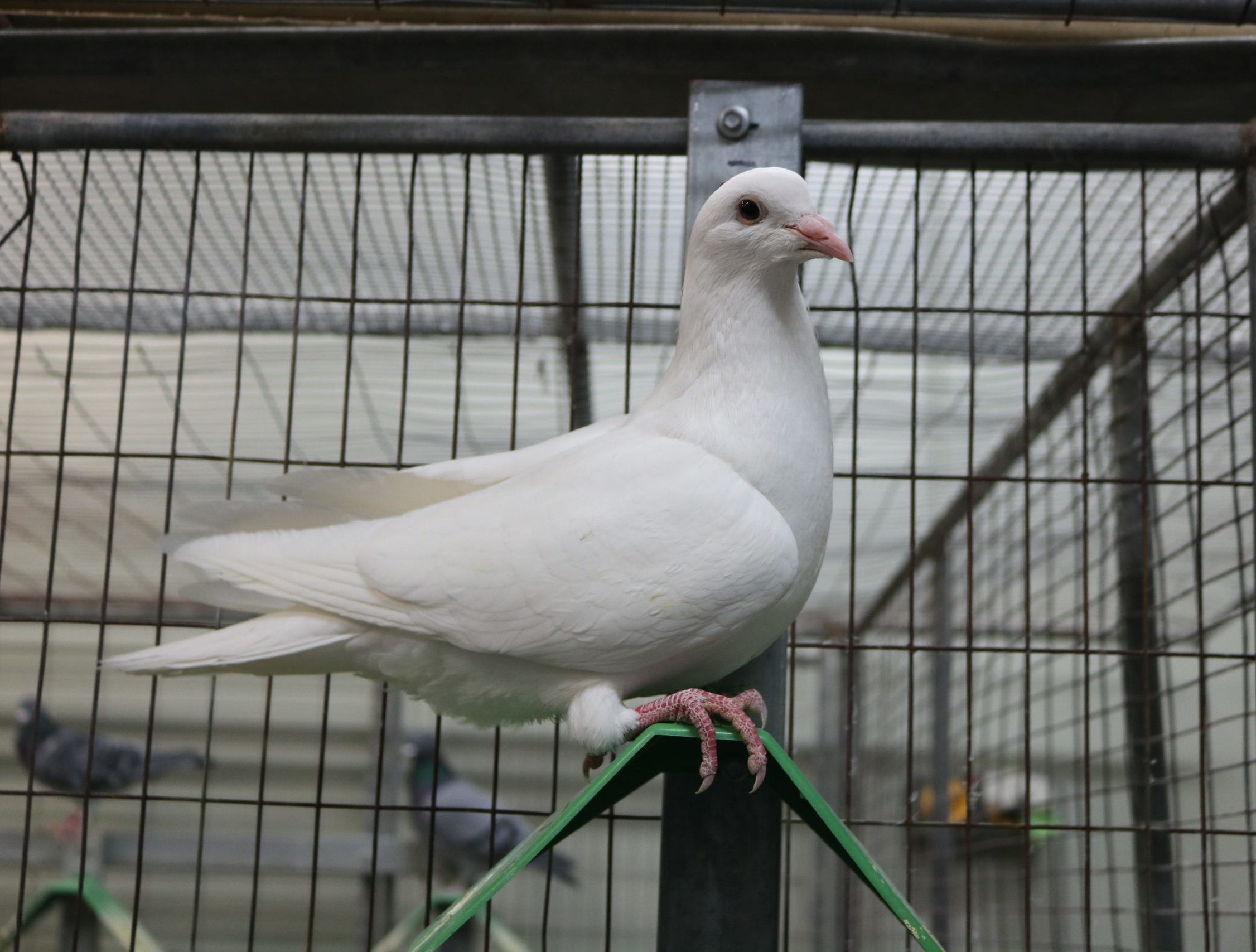
“Apsu” at home at the CSIRO Australian Animal Health Laboratory. Credit: Ben Novak.
Revive & Restore began with one idea: to look at conservation in a new light. We thought if we could bring the Passenger Pigeon back from extinction, it would show that biodiversity loss doesn’t have to be a permanent ecological loss. This ambitious project continues to be a major focus at Revive & Restore. It is our intent to establish technologies that not only enable the Passenger Pigeon to once again take flight but also support the genetic rescue of a multitude of avian species.
Passenger Pigeon de-extinction
For genetic research to be performed for the extinct species, work has been underway to create an efficient living pigeon model that carries the Cas9 gene in its reproductive, or germline, cells. Cas9 is the DNA-cutting part of the CRISPR gene-editing system. Project lead, Ben Novak, has hypothesized that Cas9-bird models (including chicken, quail, songbird, and pigeons) will expedite research for the genetic rescue of extinct and endangered avian species to an efficiency currently achieved only in mouse models for mammalian research.
In March the Australian Commonwealth Scientific and Industrial Research Organisation (CSIRO) team confirmed that a male laboratory pigeon “Apsu” had tested positive for carrying the Cas9 gene. This made Apsu the world’s first successful pigeon germline chimera. However, only one in 100,000 of Apsu’s sperm was found to carry the gene—too low to hope for transgenic offspring. Despite the low transgenesis, this was a major step in optimizing avian genetic engineering methods. Work will continue in 2020, testing different methods to generate Cas9 birds.
Heath hen de-extinction
In 2019, thanks to a $350,000 two-year Catalyst Science Fund grant and institutional partnership with Texas A&M University, Revive & Restore resumed primordial germ cell (PGC) research under the leadership of Dr. Rosemary Walzem.
In October, a flock of young greater prairie chickens from our breeder, Dan Snyder, arrived in Texas. New experiments to culture PGCs will begin when these birds lay eggs in 2020. Findings will be applied to support heath hen de-extinction efforts and genetic rescue of its living relatives, including the critically endangered Attwater’s prairie chicken.
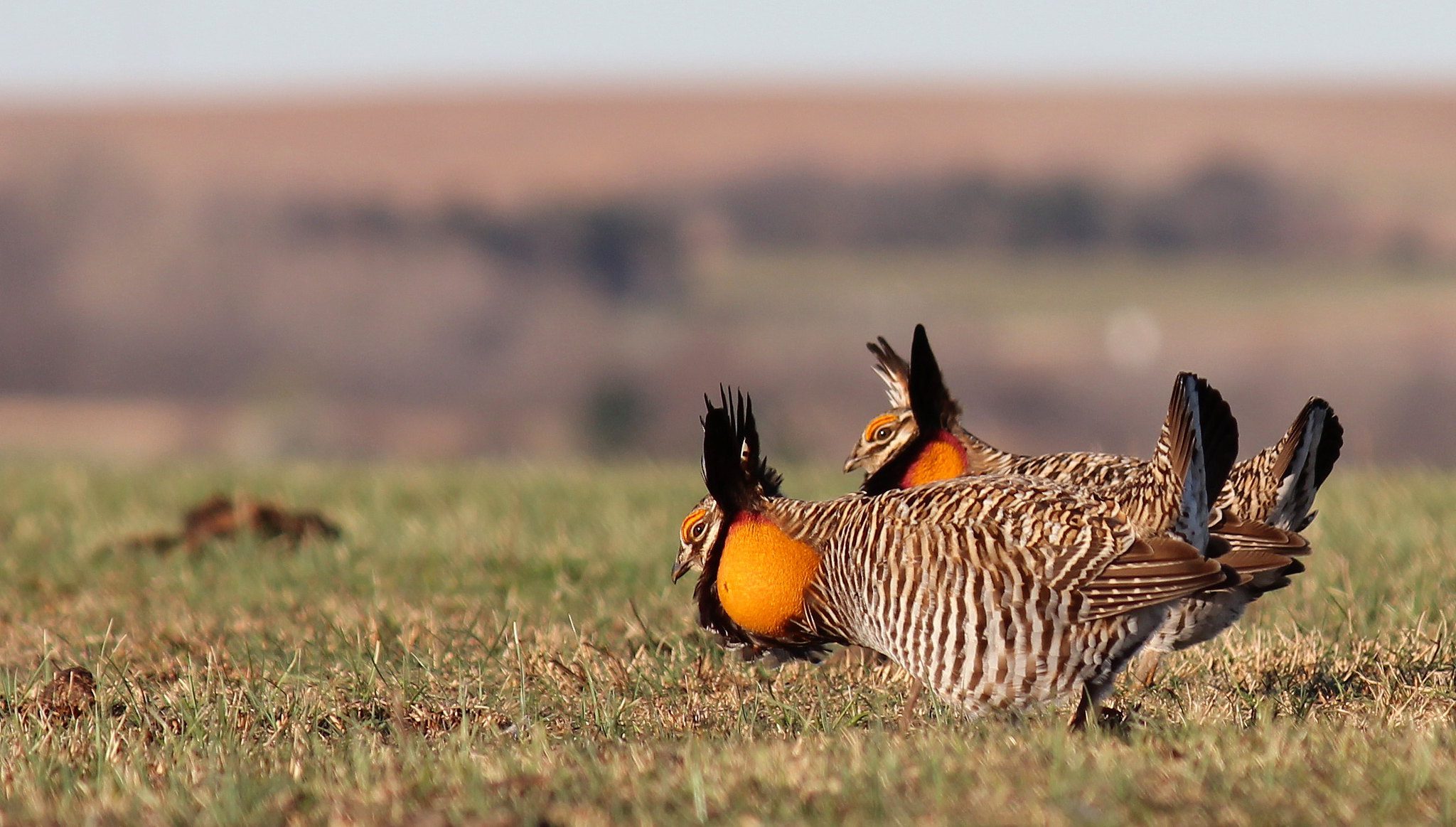
Greater prairie-chickens in the Flint Hills of Kansas. Credit: Greg Kramos/USFWS.
Each year more than 6,000 students from 45 countries come to Boston at Halloween for iGEM to reveal how they have tackled some of the world’s most pressing problems using engineered biology. In addition to being the most souped-up science fair in the world, iGEM is also a crossroads for academics, policymakers, industry leaders, and even artists. The event culminates at the Giant Jamboree, a rite of passage for young scientists, in which they present their results to a panel of judges and an amphitheater of their peers.
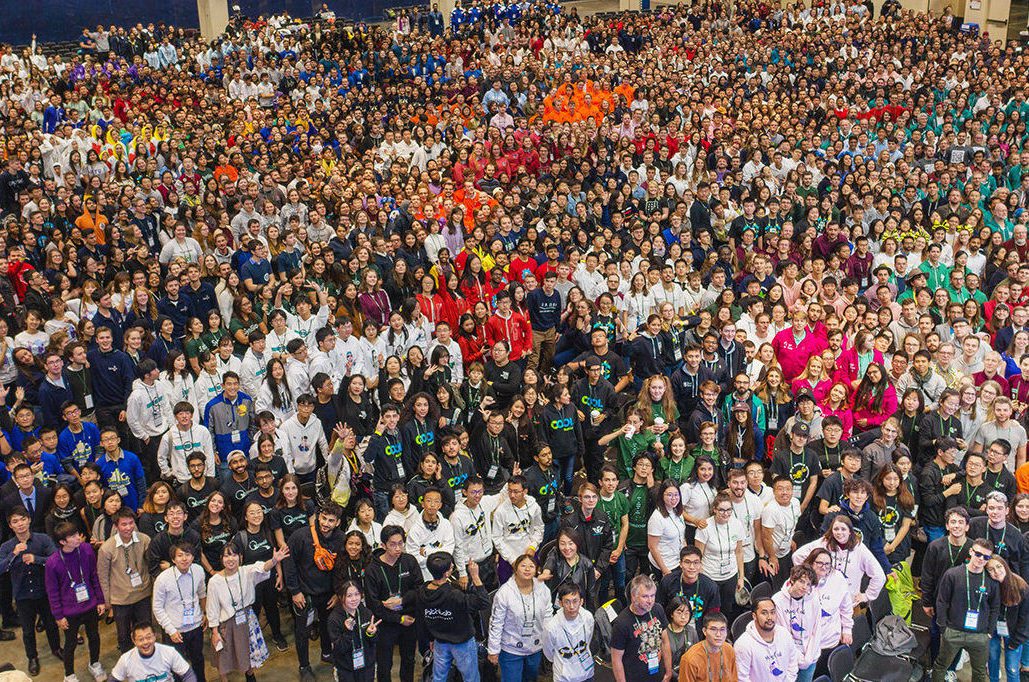
The formidable crowd at iGEM Giant Jamboree 2019.

Ben Novak discusses synthetic alternatives with attendees. Both images, courtesy of iGEM Foundation and Justin Knight.
Revive & Restore sponsored a booth this year at iGEM where Ben Novak and Bridget Baumgartner discussed our work and announced that we will sponsor up to 12 iGEM teams in 2020 through the Catalyst Science Fund. Our follow-up survey found that for 94% of respondents, Ben and Bridget had raised their interest in using synthetic biology for the genetic rescue of wildlife—a real win for biodiversity. We are excited to inspire a new generation of genetic rescuers in 2020.
- In January Bridget Baumgartner was hired as the Catalyst Science Fund Program Manager. She immediately set to work to develop the fund’s investment and grant strategy. Bridget works directly with research teams during our submission process, refines their scope of work, establishes milestones and oversees progress and deliverables.
- In July lead scientist Ben Novak returned to the US to raise his new twin sons closer to family. His work with Cas9 pigeons continues in Australia under CSIRO. Ben is now taking an active role within the Catalyst Science Fund including the Avian Genetic Rescue and Black-footed Ferret projects.
- In November we made two additional hires: Heather Sparks now serves as our communications manager and Marmee Manack as our operations manager.
Popular Press
- Research and Rescue: Saving Species from Ourselves Ashley Braun. Long Reads, October 2019.
- Martha, the last of her species, might lose that distinction if scientists have their way Terry DeMio. Cincinnati Enquirer, August 29, 2019.
- By Land and Sea, Looking to Restore a Planet in Crisis Noah Asimow. Vineyard Gazette August 22, 2019.
- A New Toolkit to Accelerate Ocean Conservation: Ocean Genomic Horizon Scan Island Conservation. June 26, 2019.
- Using CRISPR to resurrect the dead Jackson Ryan. CNET, June 19, 2019.
- Earth Day: Can Genetic Technology Help Resurrect Extinct Species? Swarnika Sharma. Weather Channel India, April 22, 2019.
- We’re Close to Pulling an Indoraptor with the Woolly Mammoth… But Should We? Elizabeth Rayne. Syfy Wire, April 15, 2019.
- Would bringing back extinct animals turn out as badly as it did in ‘Jurassic Park’? Jason Nark. The Washington Post Magazine, April 1, 2019.


